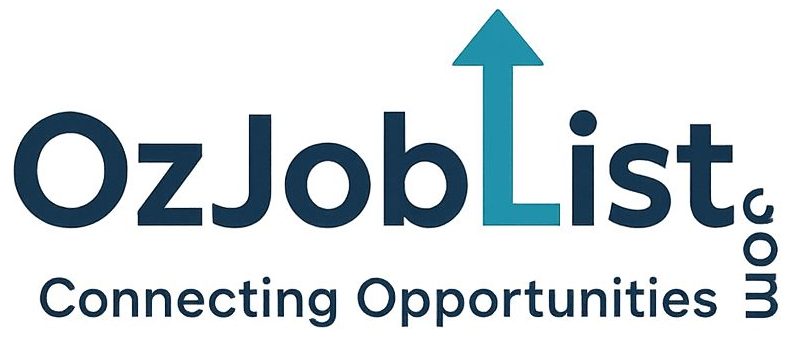Top 10 Findings for Australian Migration 2025-26
- Lower Overall Migration Numbers: Australia is reducing Net Overseas Migration, aiming for around 260,000 in 2025-26, down significantly from post-pandemic highs.
- Employer Sponsorship Dominates Skilled Migration: Getting a skilled visa increasingly relies on having a job offer, with more places allocated to Employer Sponsored visas.
- Skilled Independent Visa Significantly Reduced: The pathway for migrating based purely on skills points (Subclass 189) has been cut back sharply, making it much harder to get.
- New Skills in Demand (SID) Visa is Central: Replacing the TSS (482) visa, the SID visa is now the main temporary skilled work visa, with key streams for ‘Core Skills’ (needs job on a list) and ‘Specialist Skills’ (high salary).
- Salary Thresholds Increasing: Minimum salaries required for sponsored workers (like the CSIT and SSIT) will rise from July 1, 2025, impacting new applications.
- Core Skills Occupation List (CSOL) is Crucial: To qualify for the common ‘Core Skills’ SID visa stream, your occupation must be on the regularly updated CSOL.
- Visa Processing Times Vary: While the government is investing in faster processing, expect delays to continue, especially for complex or non-priority applications. Employer-sponsored and regional visas get priority.
- Multi-Year Planning Begins: Australia is shifting to planning permanent migration numbers over four years (starting 2025-26) for better predictability, though specific 2025-26 targets weren’t in the initial budget release.
- Increased Focus on Compliance: Expect more scrutiny on visa applications and employer sponsors as the government prioritizes system integrity and worker protection.
- Settlement Service Funding Cut: Funding for services helping refugees and migrants settle in Australia has been reduced, potentially impacting support resources.
Australia’s Shifting Migration Landscape for 2025-26
Australia is making major changes to its migration system. After a large increase in migrants following the pandemic, the government is now focused on a more controlled approach for 2025-26 and beyond, guided by its Migration Strategy released in late 2023. The main goals are to match migration with Australia’s economic needs, protect migrant workers from exploitation, and make the visa system simpler.
Key Policy Shifts: Lower Numbers, Longer Planning
Two big changes are happening:
- Reducing Overall Migration: Net Overseas Migration (NOM) – the difference between people arriving and leaving long-term – is being deliberately lowered. After peaking above 500,000, forecasts suggest targets around 260,000 for 2025-26. This means fewer total visa places will be available compared to recent years.
- Multi-Year Planning: Instead of deciding permanent visa numbers year-by-year, the government is moving to a four-year planning cycle starting from 2025-26. This aims to give more certainty to states, territories, and businesses for planning infrastructure and skills needs. However, the exact intake numbers for 2025-26 weren’t specified in the initial budget announcement, creating some short-term uncertainty.
Big Changes in Skilled Migration
The focus of skilled migration is shifting decisively towards jobs first:
- Employer Sponsorship Favoured: Far more places are now allocated to Employer Sponsored permanent visas (44,000 in the 2024-25 plan). Pathways requiring state/territory nomination or supporting regional areas also remain significant (combined 66,000 places).
- Skilled Independent Cut Back: The Skilled Independent visa (Subclass 189), which allows migration based on points without a job offer, has seen its places drastically reduced (down to 16,900).
- New Skills in Demand (SID) Visa (Subclass 482): This replaced the old TSS visa in December 2024. It’s the main temporary visa for employer-sponsored skilled workers and has three main streams:
- Specialist Skills: For highly paid workers (earning over $141,210 from July 1, 2025). No specific occupation list applies (except for excluded trades/labourer roles). Processing aims to be fast.
- Core Skills: For workers in occupations listed on the new Core Skills Occupation List (CSOL). Requires meeting a minimum salary (rising to $76,515 from July 1, 2025) or the market rate if higher.
- Labour Agreement: For workers sponsored under specific negotiated agreements.
- Higher Salary Thresholds: From July 1, 2025, the minimum salaries for the SID visa streams (and related permanent visas) will increase, indexed annually to average wages. This makes sponsoring workers more expensive for businesses.
- BIIP Closed, National Innovation Visa Introduced: The Business Innovation and Investment Program (BIIP) is closing, replaced by a new National Innovation Visa targeting “exceptionally talented migrants.”
What About Visa Processing Times?
Getting visas processed quickly remains a challenge. The government is spending money ($534.5 million) on technology and staffing to speed things up. However:
- Backlogs Persist: Many older, complex applications are still waiting, which can slow down overall reported times.
- Priorities Matter: Employer-sponsored visas, regional visas, and potentially the new Specialist Skills stream are likely processed faster.
- Complete Applications are Key: Delays often happen because applications are missing information. Submitting everything correctly the first time is crucial.
- Expect Variability: While improvements are aimed for, processing times will likely continue to vary significantly depending on the visa type, application quality, and current workload.
Budget Focus: Efficiency, Borders, and Compliance
The government’s spending priorities show a clear focus:
- Investment: Significant funds are going into visa processing systems and border management (including onshore detention, offshore processing, and border enforcement).
- Compliance: There’s an emphasis on ensuring employers and visa holders follow the rules, with increased funding for compliance activities.
- Cuts: Funding for services that help refugees and migrants settle into Australia (like language programs, job support) is being reduced, despite the number of humanitarian visas remaining stable.
Conclusion: Adapting to the New Rules
The 2025-26 financial year marks a significant shift in Australian migration. The system is moving towards lower overall numbers with a strong preference for migrants who already have a job offer or meet specific, identified skill needs via the CSOL. The new Skills in Demand visa is central to this, and understanding its requirements, including the updated salary thresholds, is vital.
While efforts are underway to improve processing, applicants should still prepare for potential waits and ensure their applications are perfect. For skilled workers and employers, staying informed about the changes to visa requirements, occupation lists, and government priorities will be essential for successfully navigating Australia’s evolving migration landscape.



